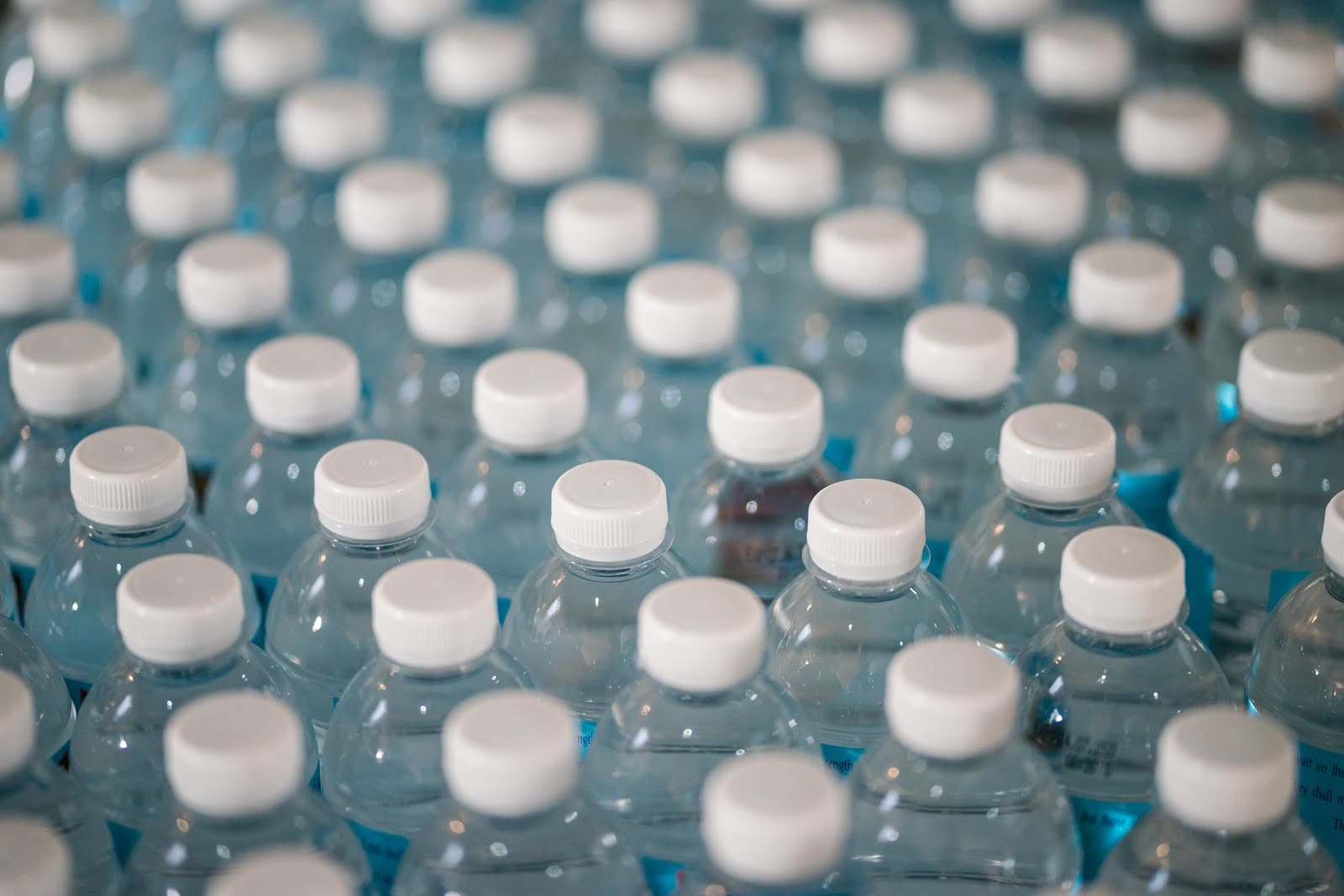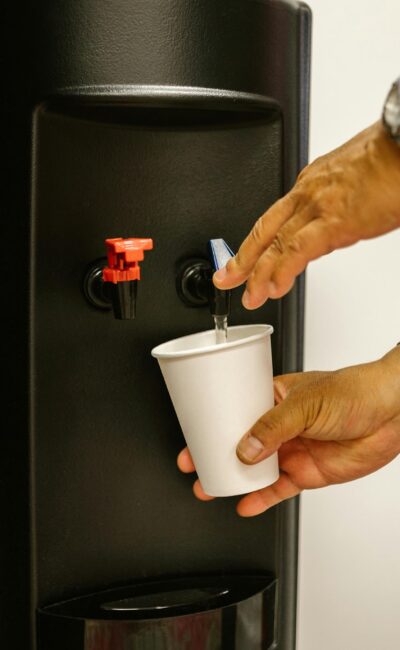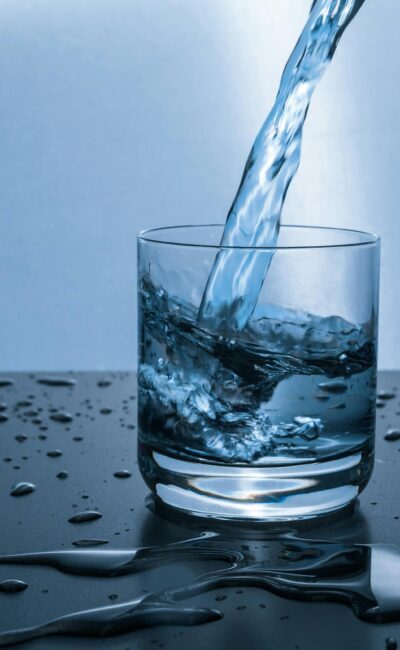A new study published in a peer-reviewed journal by the National Academy of Sciences has found that bottled water can contain 10 to 100 times more bits of plastic than previously estimated.1 The study used a powerful optical imaging technique to analyze nanoplastics in bottled water and found that two standard-sized water bottles had 240,000 plastic particles in them on average. About 90% of the particles in the water were nanoplastics and 10% of them were microplastics.1 Nanoplastics are synthetic polymers that can be toxic to human health, and they are believed to be more toxic than microplastics since their smaller size renders them much more amenable to enter the human body.1 The health implications of nanoplastics in bottled water for humans are still unclear, but the study’s findings suggest that Americans should use the results to make informed decisions about what types of water they’re consuming.1
Nanoplastics are small synthetic polymers that are directly released to the environment or secondarily derived from plastic disintegration in the environment.2 They are often found in the environment and the food chain, including food containers, tap-water pipes, and the clothing industry. They are so small that they can invade cells in the human body, and they are difficult to detect.1, 2
The study’s findings have raised concerns about the safety of bottled water and the potential health risks associated with consuming nanoplastics. While the health implications of nanoplastics in bottled water are still unclear, it is important to note that the study’s findings suggest that Americans should use the results to make informed decisions about what types of water they’re consuming.1,2,3
In conclusion, the new study on nanoplastics in bottled water has found that bottled water can contain 10 to 100 times more bits of plastic than previously estimated, and that nanoplastics are more prevalent in bottled water than scientists originally thought.1,3,4 The health implications of nanoplastics in bottled water for humans are still unclear, but the study’s findings suggest that Americans should use the results to make informed decisions about what types of water they’re consuming.1
How You Can Avoid Microplastics
You can avoid ingesting these nanoplastics and microplastics by first and foremost ditching single-use plastic water bottles. Advanced filtration can also further help eliminate contaminants, including nanoplastics. At Flowater, our refill stations use 7x Advanced Purification to remove up to 99% of any impurities found in typical tap water. Furthermore, our home water purifiers user SuperiorOsmosis™ technology to deliver clean water free from contaminants for you and your family.
Curious to learn more? Click here to get a quote today.
Sources:
3. MSN – Bottled water contains thousands of nanoplastics, new study shows. How can you avoid them?
4. Plastics News – Nanoplastics more prevalent in bottled water than previously thought, study says




